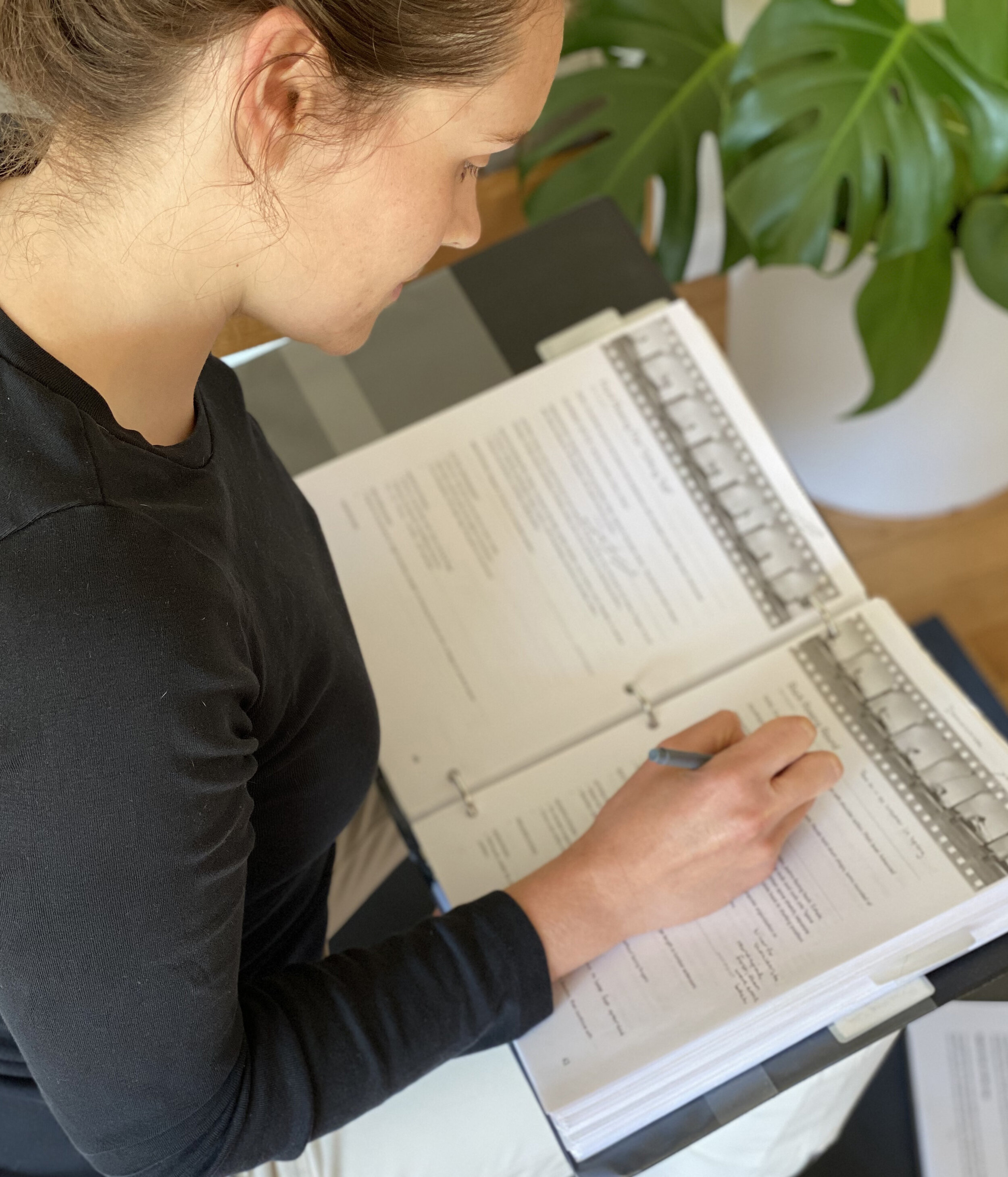My Non-Negotiables When Choosing a Pilates Teacher Training
The money I invested in my Pilates teacher training was some of, if not the best money I’ve ever spent. Even if I didn’t teach a single day to recoup some or all of those costs, it was an investment in my own body, and my understanding of it, that I feel was truly invaluable.
My Pilates teacher training spanned 450-hours over 8 months in Fall 2018 (September) - Spring 2019 (May). There are many reasons why I value the training I did so much. My training included access to self-practice in the studio, group classes, private sessions, opportunities to observe (both group and private sessions), mentor meetings, supervised teaching opportunities (both group and private sessions), functional anatomy lessons, a focus on special populations and contraindications and manuals that went well beyond the choreography of Pilates exercises. In fact, I still reference my manuals nearly every week to review musculoskeletal focuses, common compensations or variations for many exercises.
Some of the more intangible things will not be 100% replicable in another program (the camaraderie among students, the lived experiences/expertise of my exact teachers, the one-on-one exchanges during practice teaching or observation hours). However, there are a few non-negotiables that I believe anyone considering a Pilates teacher training should look for:
1. Comprehensive Training: Mat, Reformer, Cadillac, Chair and Barrel
This might differ from a lot of other people’s perspectives, especially you! If you only want to teach very part-time mat or reformer classes, paying the money and investing the time to learn repertoire for the Cadillac, Chair and Barrel might feel unnecessary. The reason I HIGHLY suggest completing training for all of the classical Pilates apparatuses is this: when you learn the same movements (ex. Side Lying Leg in Strap) on different pieces of equipment you get to feel how different conditions change the experience in your own body. For example, with Side Lying Leg in Strap, spring tension on the reformer is far less supportive for your abductors than it is on the Cadillac. And if that last sentence makes no sense, that’s ok! But the point is, I wouldn’t have understood the anatomical recruitment required for exercises nearly as well if I hadn’t had the opportunity to experience the exercise on several pieces of equipment. This was of course beneficial for, and applicable to, teaching, but this also helped me understand my own weaknesses, strengths and compensations. Also, learning how to teach on all of the equipment allows for more conversations with your teachers and other students about how you would modify for someone based on an injury or chronic pain. You learn which piece of equipment would be best for each body and why. And of course, allowing for more time to learn choreography will lead to a deeper understanding of what your clients (and you) need to get the most benefit from each session.
2. Functional Anatomy Component
I had never taken an anatomy class before my Pilates teacher training, so I bought our textbook months before training started and read it over the summer, it was like reading Greek. It wasn’t until I had a knowledgeable teacher break down the anatomy and apply it to movement that I could begin to take in little pieces at a time. In fact, I plan to re-enroll in the anatomy training again this year, because after 1.5 years of teaching I feel like I would be able to absorb so much more of the material and apply it more effectively to my teaching :)
In my training we had roughly 15 hours of functional anatomy training (I may be short-changing that number slightly). This meant that we learned about the anatomy of, say our knees, in the abstract (learning about the bony landmarks, muscles, ligaments, tendons of the knee) and then applied what we learned to specific Pilates exercises or everyday movement like walking, sitting up and down etc. We talked about the exercises that, when done incorrectly, most commonly cause knee pain, and how to modify for more sound anatomical alignment. We observed common compensations students make that disrupt the sound joint play in the knee and how to correct with props or tactile cueing. We discussed where to focus your session (and what to avoid) if your student comes in voicing concerns of knee pain.
Most importantly, we learned how unique each person’s anatomy is.
I have heard that some trainings do not teach anatomy but require that you take courses at a local college, or prove course completion from previous schooling, in order to become certified. Long story short, I think that having anatomy built into your program, and talking about the specific application to Pilates is so important!
3. Access to a Breadth of Instructors/Teaching Styles
During my observation requirements I had the opportunity to observe and learn from at least 8 different amazing instructors. These instructors came from a variety of Pilates teacher trainings, had different goals for their Pilates careers and had very different teaching styles. I learned valuable insights from each and every one of them, regardless of whether I wanted to emulate their particular style of teaching.
I realize that not all Pilates studios have 8 instructors, in fact, I’m sure most do not. So if your training is held by one amazing instructor, that’s great! I do encourage you though, to go the extra mile and expose yourself to more teachers and teaching styles! Yes, of course, you will gravitate towards some instructors more than others and you can put your effort there, but do take the time to learn and truly appreciate the value other styles can bring to your own teaching.
I would love to hear your thoughts about my Pilates teacher training non-negotiables. If you have any questions for me comment below! And if you are interested in the training I did email me or visit Cascadia Pilates for more information (located in Portland, OR).

